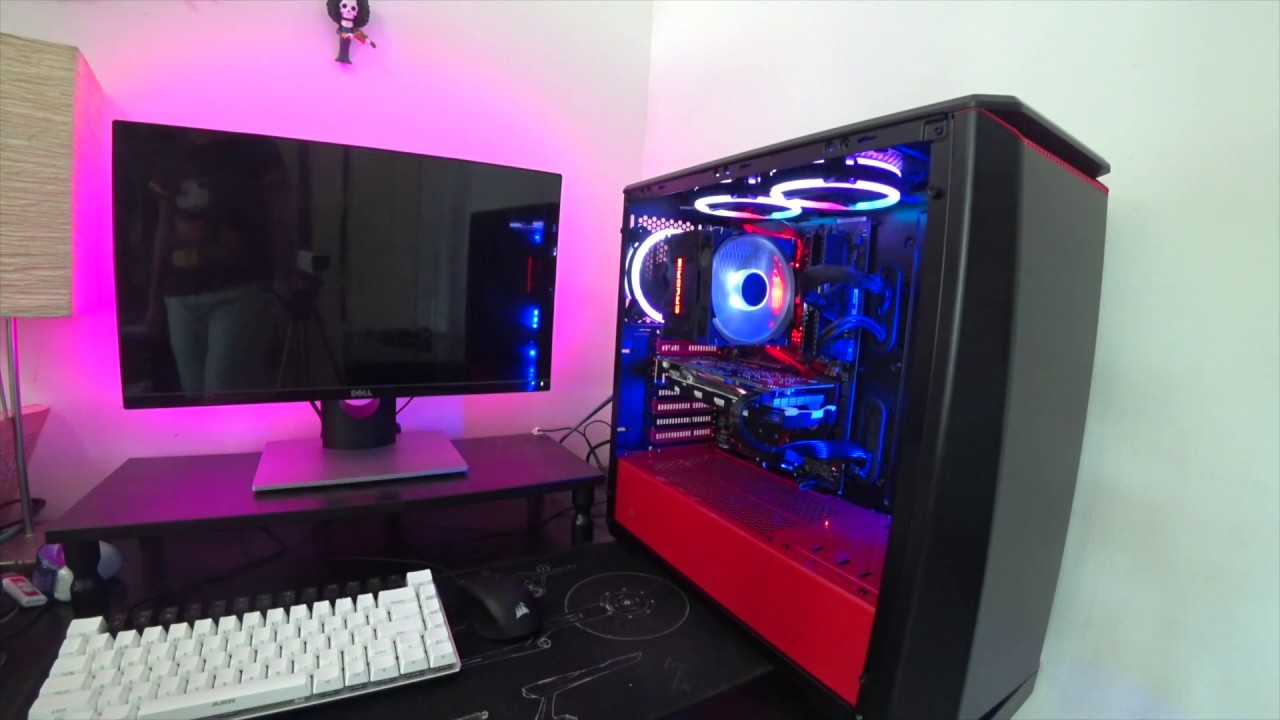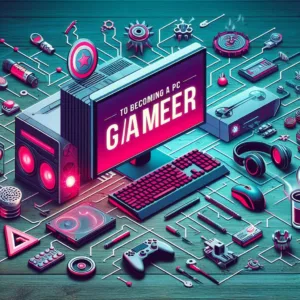When it comes to building a gaming computer, the best configuration will depend on your budget and the games you plan on playing. However, a general guideline for a high-performance gaming PC would include the following components:
Processor: Intel Core i7 or i9, or AMD Ryzen 9. These are high-end processors that can handle the most demanding games.
Graphics Card: Nvidia GeForce RTX 3080 or 3090, or AMD Radeon RX 6800 or 6900. These are the top-of-the-line graphics cards that can handle 4K gaming and ray tracing.
Memory: 32GB or more of DDR4 RAM. This will ensure that your games run smoothly and can handle multitasking.
Storage: 1TB NVMe SSD for your operating system and games, and a 2TB HDD for storage. This will give you fast load times and plenty of storage space.
Motherboard: A high-end motherboard that supports the latest connectivity and features, such as Wi-Fi 6 and Thunderbolt 3.
Power Supply: A high-quality power supply unit (PSU) that can handle the power requirements of your components.
Cooling: A liquid cooling system for your processor, and a good case fan for proper airflow.
Case: A case that can accommodate all of your components and provide good airflow.
Monitor: A high-refresh rate monitor with a resolution of 1080p or 1440p.
Peripherals: A good keyboard and mouse, and a comfortable gaming chair.
It’s also worth noting that having a good internet connection is crucial for online gaming, and a good sound system or headset can also enhance the gaming experience.
It’s also important to note that this configuration is based on high-end components, and the budget can be adjusted accordingly.
Size Of A Gaming Room
The size of a gaming room will depend on the amount of space you have available, but generally, a room of at least 10×10 feet is ideal. This will give you enough room for a desk, a comfortable chair, and other gaming peripherals.
When it comes to lighting, it’s important to have a good balance of ambient and task lighting. Ambient lighting can be provided by overhead lighting or lamps, while task lighting can be provided by a desk lamp or a light strip under the desk.
Here are some suggestions for lighting in a gaming room:
- Overhead lighting: A ceiling light or a chandelier can provide general lighting for the room.
- Desk lamp: A desk lamp can provide task lighting for your gaming setup and help to reduce eye strain.
- Light strips: Light strips can be placed under the desk or behind the monitor to provide a subtle backlight.
- Mood lighting: RGB light strips or a color-changing lamp can create a gaming ambiance and change the room’s atmosphere.
It’s also important to consider the color temperature of the lighting. Warmer colors (around 2700K) are more relaxing and better for the eyes, while cooler colors (around 6500K) are more energizing and better for productivity.
It’s also important to think about the room’s overall color scheme and furniture. A room with darker colors may require more lighting to brighten it up, while a room with lighter colors may require less lighting to create a more relaxed atmosphere.
Finally, it’s important to have a good ventilation system in the gaming room to ensure that the air is fresh and to prevent overheating of the computer and other electronic components.






